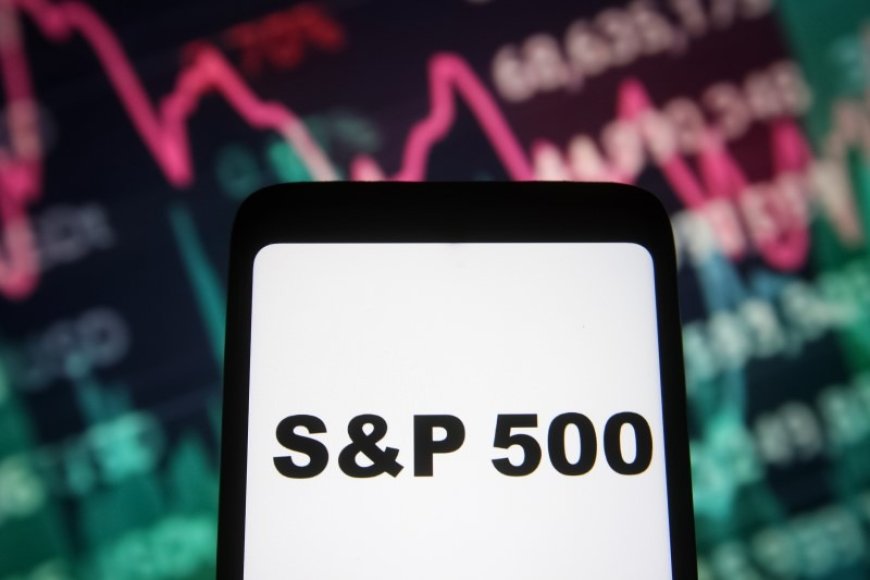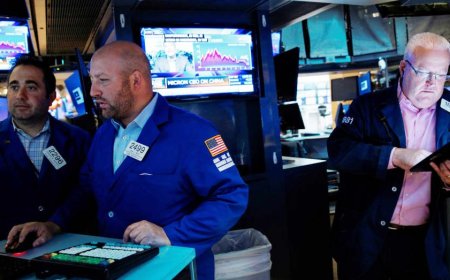Signs of Investor Caution Grow as Hedging Costs Rise Amidst S&P 500 Rally
Rising hedging expenses suggest lingering concerns despite the S&P 500's strong performance. Investors watch crucial economic data closely.

While the S&P 500 Index shows a robust rally, the options market indicates growing apprehension, with hedging costs on the rise. Traders seek protection amidst uncertainties in the global economy.
Rising Hedging Costs Raise Concerns
The remarkable 16% surge in the S&P 500 Index throughout the year has been a boon for early investors but a source of trepidation for the skeptical. This unease is palpable in the options market, where safeguarding against potential downturns is becoming more expensive. Data compiled by Bloomberg reveals that contracts predicting a 10% decline in the SPDR S&P 500 ETF, the leading exchange-traded fund tracking the index (commonly referred to as SPY), now cost 1.8 times more than options betting on a 10% upswing.
While not yet reaching the levels witnessed earlier this year during the banking crisis, this trend signals that investors are willing to pay a premium for protection, especially in anticipation of the critical US consumer price report slated for release on Wednesday. This data will be instrumental in shaping market sentiment leading up to the Federal Reserve’s interest-rate decision on September 20, followed by Chair Jerome Powell’s subsequent press conference.
Seeking Certainty in Interest Rates
Scott Ladner, Chief Investment Officer at Horizon Investments, emphasizes, “The next substantial leg of the equity rally hinges on attaining clarity regarding interest rate direction.” Recent market fluctuations, with the S&P experiencing losses in four of the last six weeks, amounting to nearly 3%, have been attributed to deepening economic concerns in both Europe and China. Simultaneously, the upcoming Consumer Price Index (CPI) report is projected to indicate a 3.6% annual increase in inflation for August, up from 3.2% the previous month.
Balancing Act for the Fed
Traders are hedging their bets on the Fed maintaining stable borrowing costs in September, but they are also anticipating an additional rate hike before year-end. Given the strength of this year's market performance, hedging has largely been a losing strategy, prompting traders to forego downside protection as stocks have traded within a narrow range for months without a significant dip. As of Friday, 94 trading sessions have elapsed since late April without a single loss of at least 1.5% in the S&P 500 — the longest such streak since 2018.
Navigating Volatility in Uncertain Times
As Peter Cecchini, Director of Research at Axonic Capital, notes, “Hedging fatigue” has set in. Some investors believe that the current period of low volatility won't persist and are utilizing this calm to acquire protection at a lower cost. The expense of guarding against a resurgence in volatility is among the most affordable since before the pandemic-induced market downturn in March 2020.
Looking Ahead: A Shift in Volatility?
The end of summer may signal a turning point for the CBOE volatility index, or VIX, which has remained considerably below its long-term average for most of the year. Goldman Sachs Group Inc. maintains a neutral stance on selling put options tied to the S&P 500, anticipating that volatility may pick up in September — a month renowned for companies hosting analyst days.
S&P 500 Rally Challenges Market Expectations
The S&P 500's remarkable performance this year has defied the consensus expectation of a slow start in 2023 followed by a gradual recovery. Inflation has eased, and the economy has displayed remarkable resilience despite a historic tightening cycle.
Chris Murphy, Co-Head of Derivatives Strategy at Susquehanna International Group, observes, “If the economy remains strong and inflation eases further, it will continue to hurt strategists’ recession case. I just don’t see the economy crashing.”
Also Read: Market Opening: Stocks Ascend as Fed Signals Potential Rate Relief - Today's Stock Market Update





























































